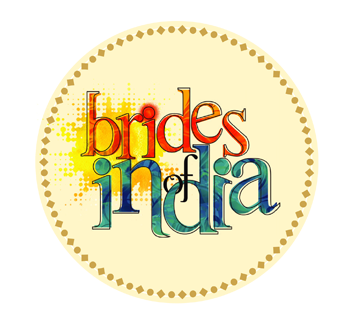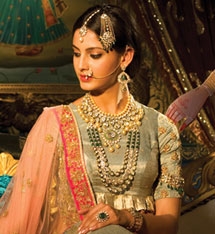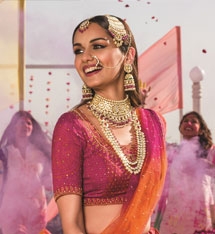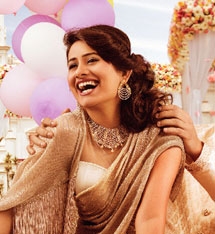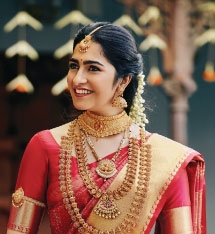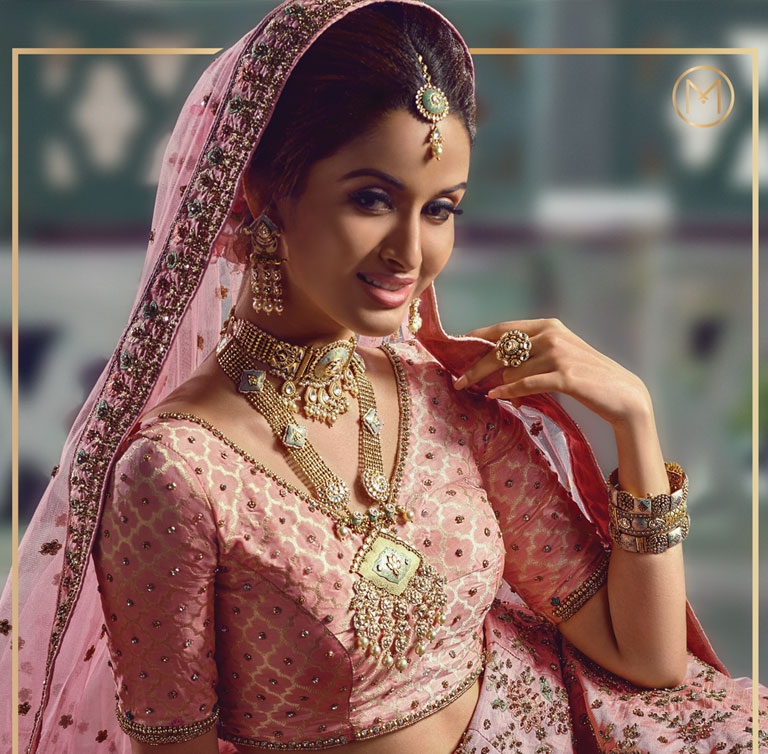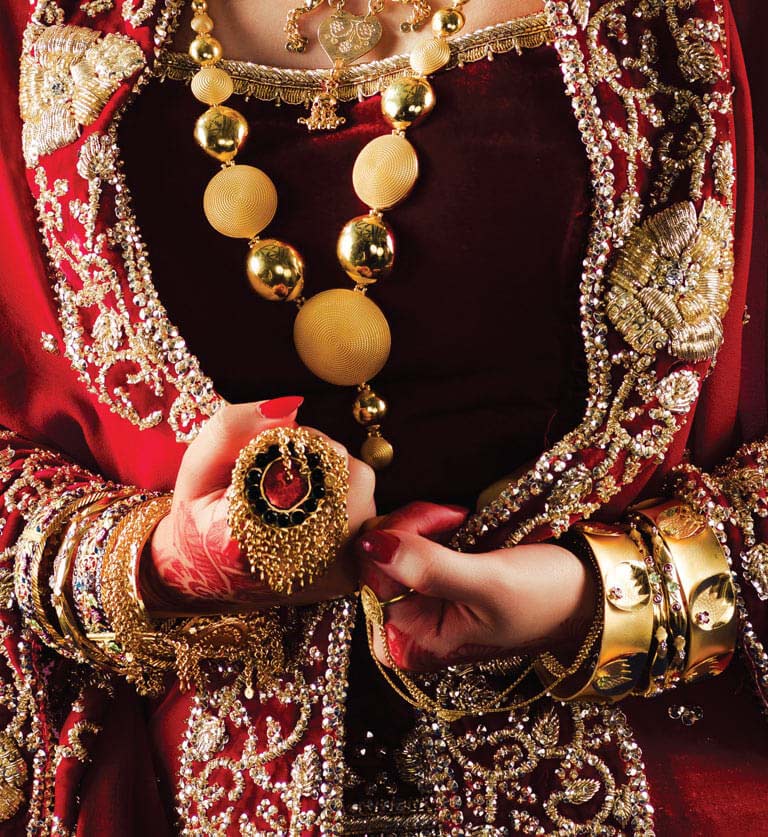-
Home2023 EditionEditionEditionCelebration brideCelebration BrideRoyal bride6Fashion brideFashion Bride
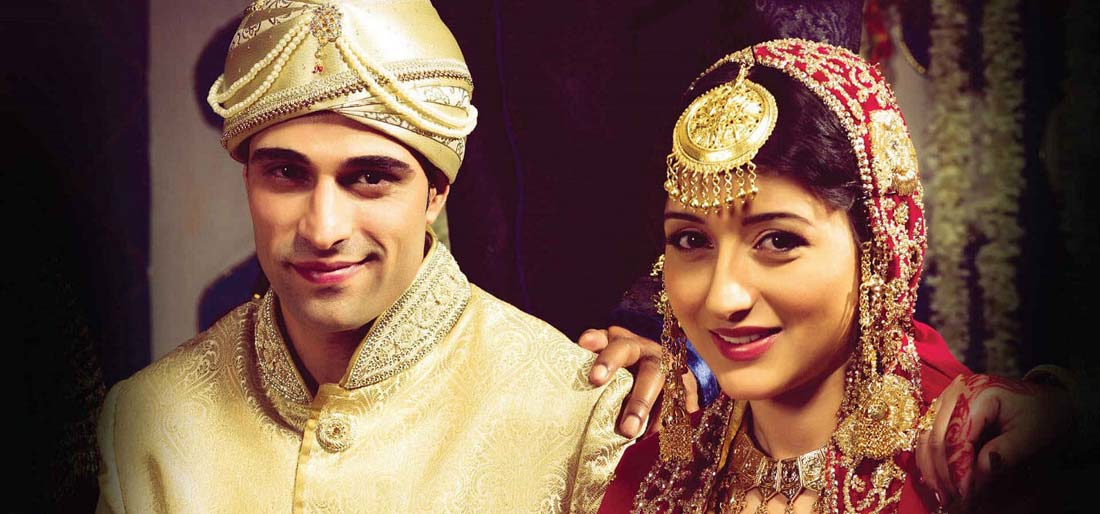
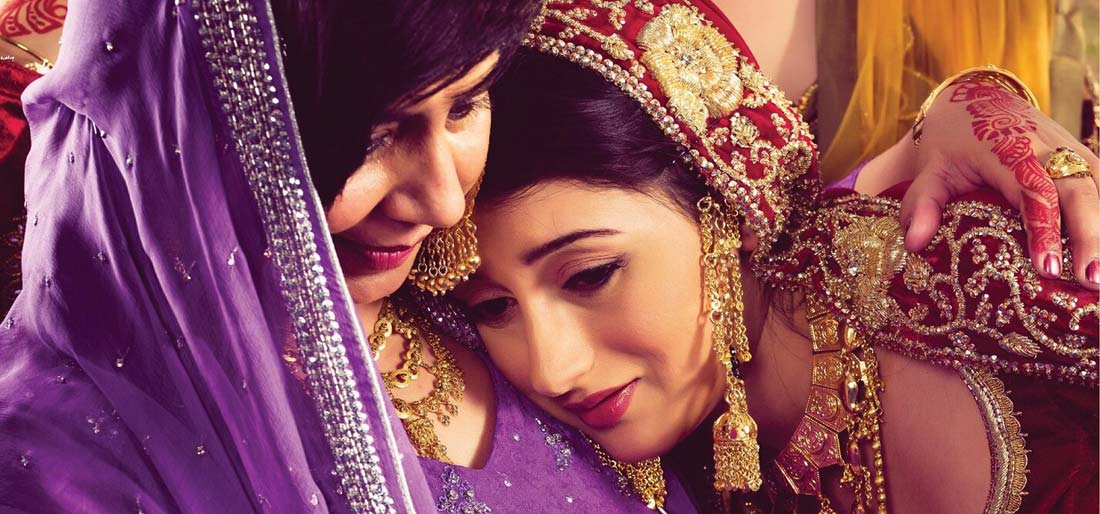
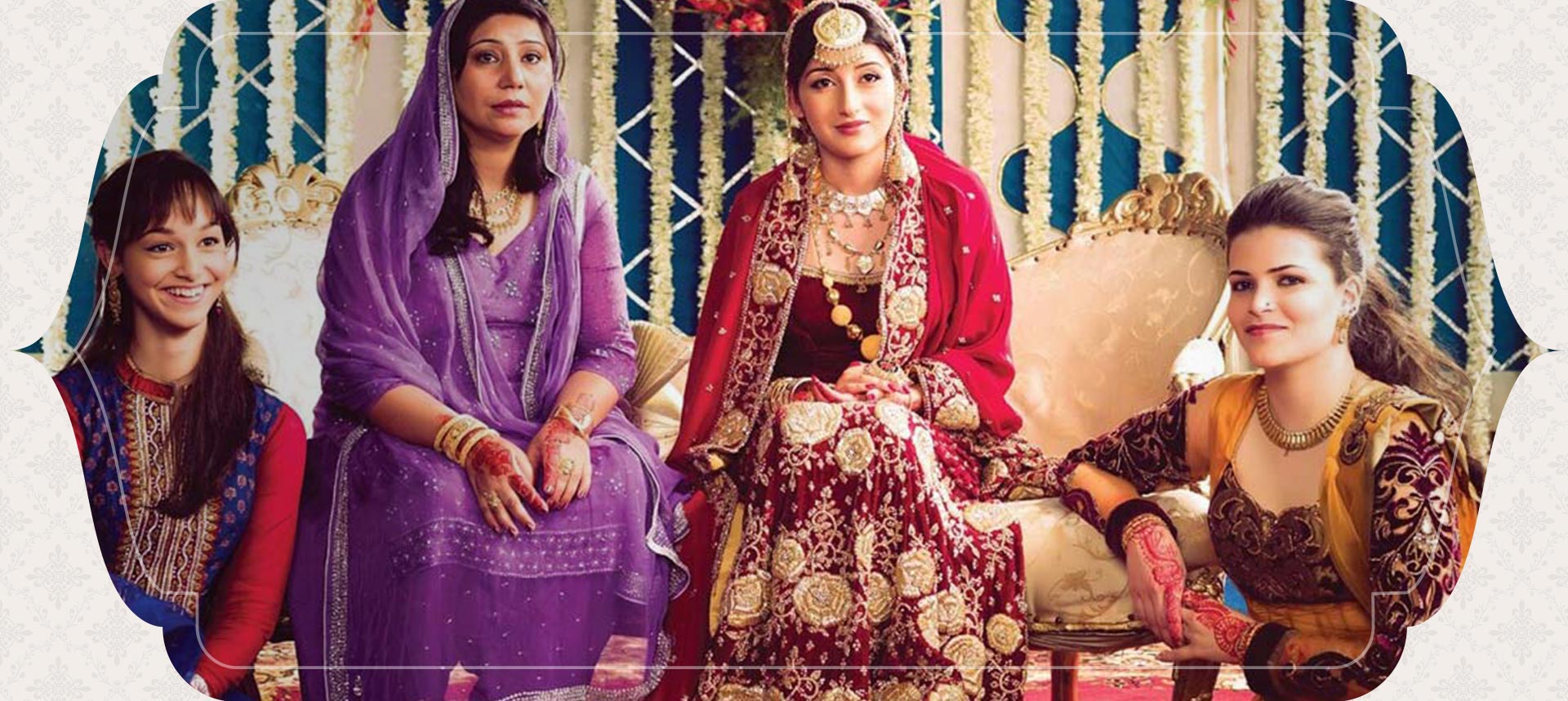

Kashmiri Muslim
- HOME
- North Indian Bride
- Kashmiri Muslim
BackRituals
Wedding Ceremonies
The day of the wedding, or the nikaah, is a very solemn day for both the families. All the close relatives and family friends of both the bride and the groom are in attendance, and bear witness to the joining of the couple. Traditional clothes and jewellery adorn the bride, while the groom is attired in special garments designed for the event. The wedding can be conducted in a mosque, or on a private property, but the presence of an officiator, a Kaaji, is necessary. The groom and bride are asked if they accept each other as husband and wife, and must answer with Kubool hai, which indicates that they have accepted the marriage contract. Some verses from the Agadh e Nikaah are recited by the maulvi, who conducts the ceremony, and the nikaah is deemed completed.
The feast that follows the nikaah is even more sumptuous than the Vazvan. Traditional Kashmiri Muslim families have different arrangements for men and women, and a partition separates the two groups. Only a select few close relatives of the groom are allowed entry into the shamiana, or partition, which holds the female relatives. Here they get to see the bride, leave gifts for her, and shower her with their blessings. Vazvan dinner is served and several new dishes are introduced. Kehwa, which is a traditional herbal tea that originates from and is very popular in Kashmir, is served to guests, and a sweet rice dish called mudjan is also often served.
Post wedding
Upon the completion of the feast, all but the closest relatives of the groom leave. The bride needs to be accompanied to her new home, and for this purpose she is escorted by the family of the groom. Traditionally, the mamu, or the maternal uncle of the groom has to visit the bride, who is sitting in seclusion, and ask her to accompany him. Usually a car is waiting to transport the couple, but richer and more affluent families have been known to use bagghis, which are hand drawn carriages, for this purpose. After the bride takes a seat in the vehicle, the groom seeks her permission to take her home, after which the couple departs from the wedding venue.
Upon the arrival of the couple at the home of the groom, they welcomed with much fanfare. Sacrifices are common on such occasions, and a sheep may be sacrificed by the family to ensure a great start of the marriage. In some parts, a couple of pigeons are freed with the same intentions.
When the mother of the groom lays eyes on the bride for the first time, she is still wearing her veil. In order to take a look at her face for the first time ever since she became a married woman, the mother of the groom usually presents her with a gold ring, and a gold bangle which is called Husk Kaanth, and then welcomes her inside the house.
Joyous celebrations continue a few days after the nikaah ceremony is over. Guests continue to visit and bless the newlywed couple. Once the bride has spent a few days in her new home, her aunts visit her, usually on a Saturday or Tuesday, and escort her back to her home as the part of a tradition called Roth Khabar. The bride then spends a few days in her family home, before once again, she has to leave for her husband’s home. The intricate rituals and ceremonies that make up the Kashmiri wedding are very entertaining, and steeped in deep cultural history. The beautiful land, the beautiful people, and the exquisite string of ceremonies make a Kashmiri Muslim wedding something that everyone should get a chance to witness at least once.Useful Links Scheme Payment(India only)
Make an Appointment Build your Custom Jewellery Smart Buy Offers New Arrivals Exclusive CollectionCustomer ServiceMalabar Gold & Diamonds
402, Valecha Chambers, Plot No. B-6,
New Link Road, Opp. Infinity Mall,
Andheri (W) ,
Mumbai - 400053. +91 22 62300916 care.in@malabargoldanddiamonds.com






